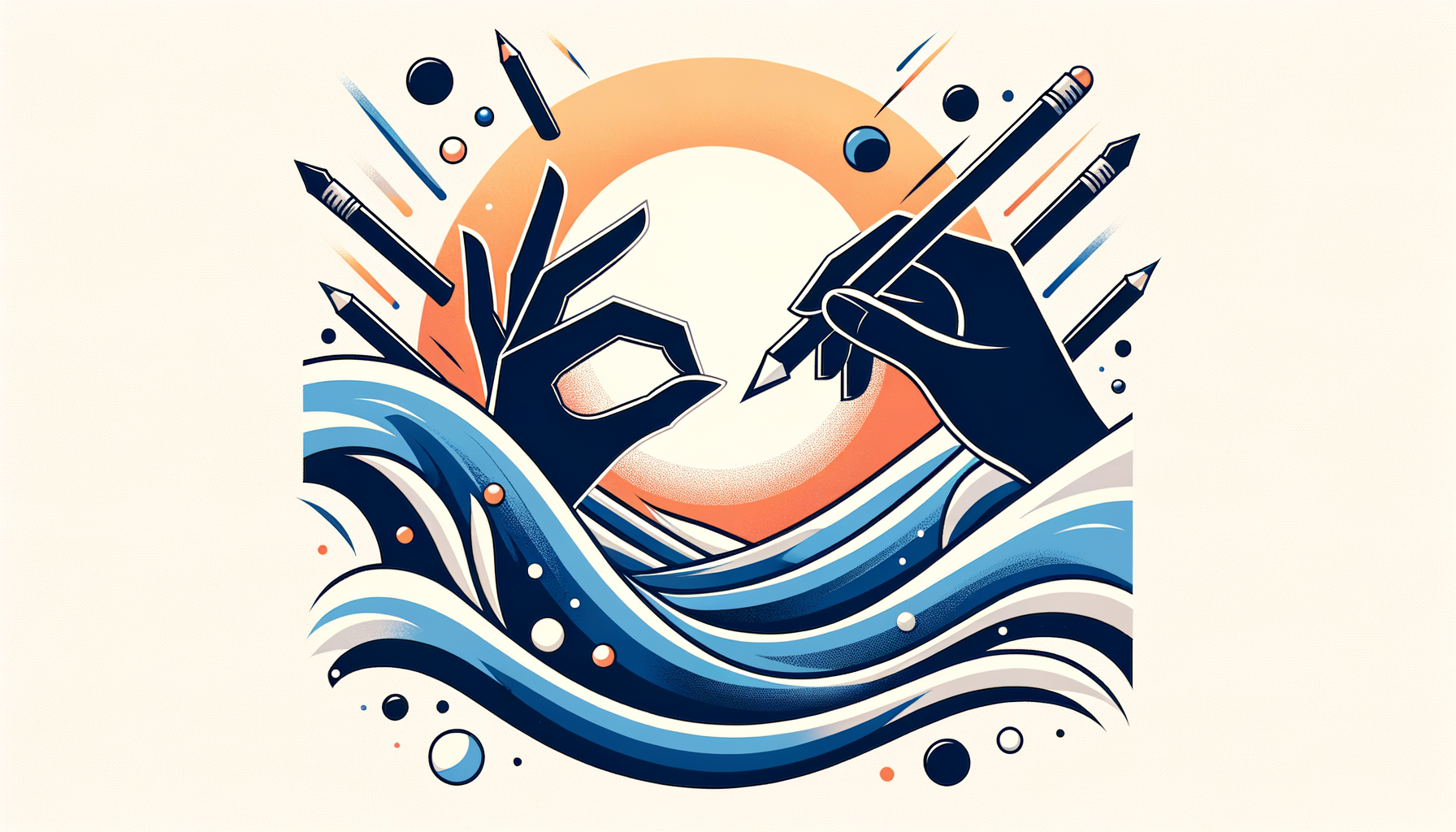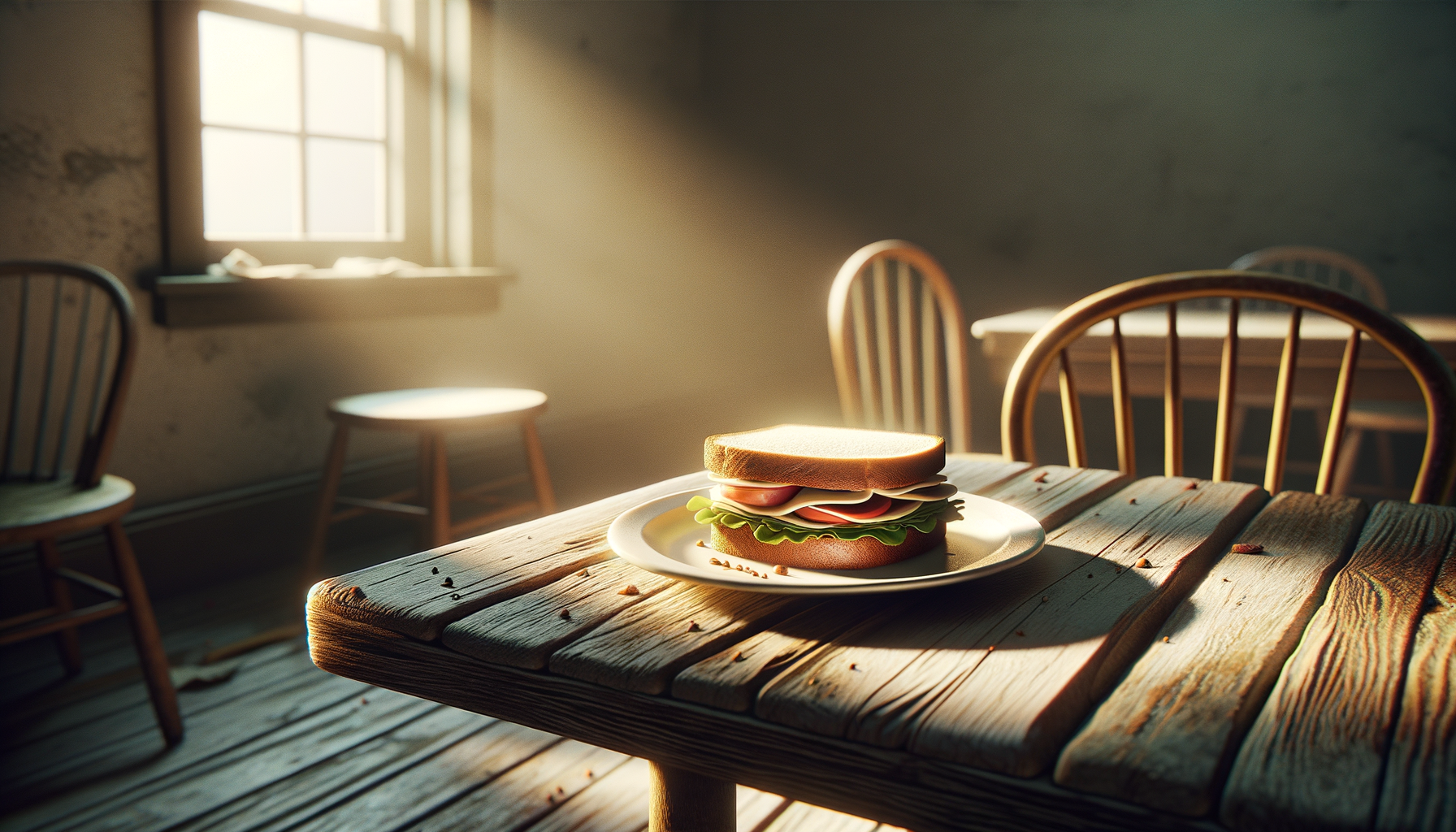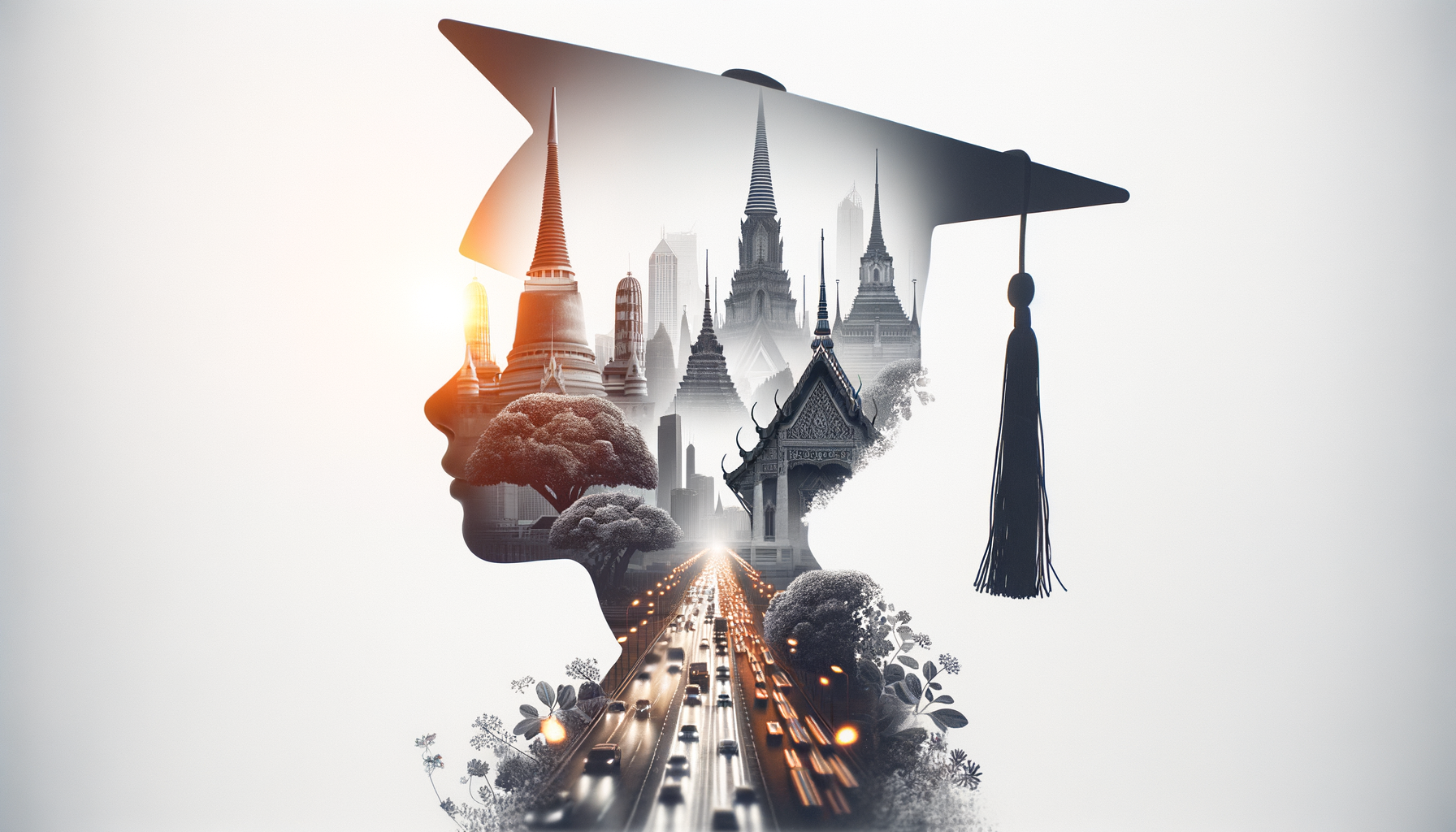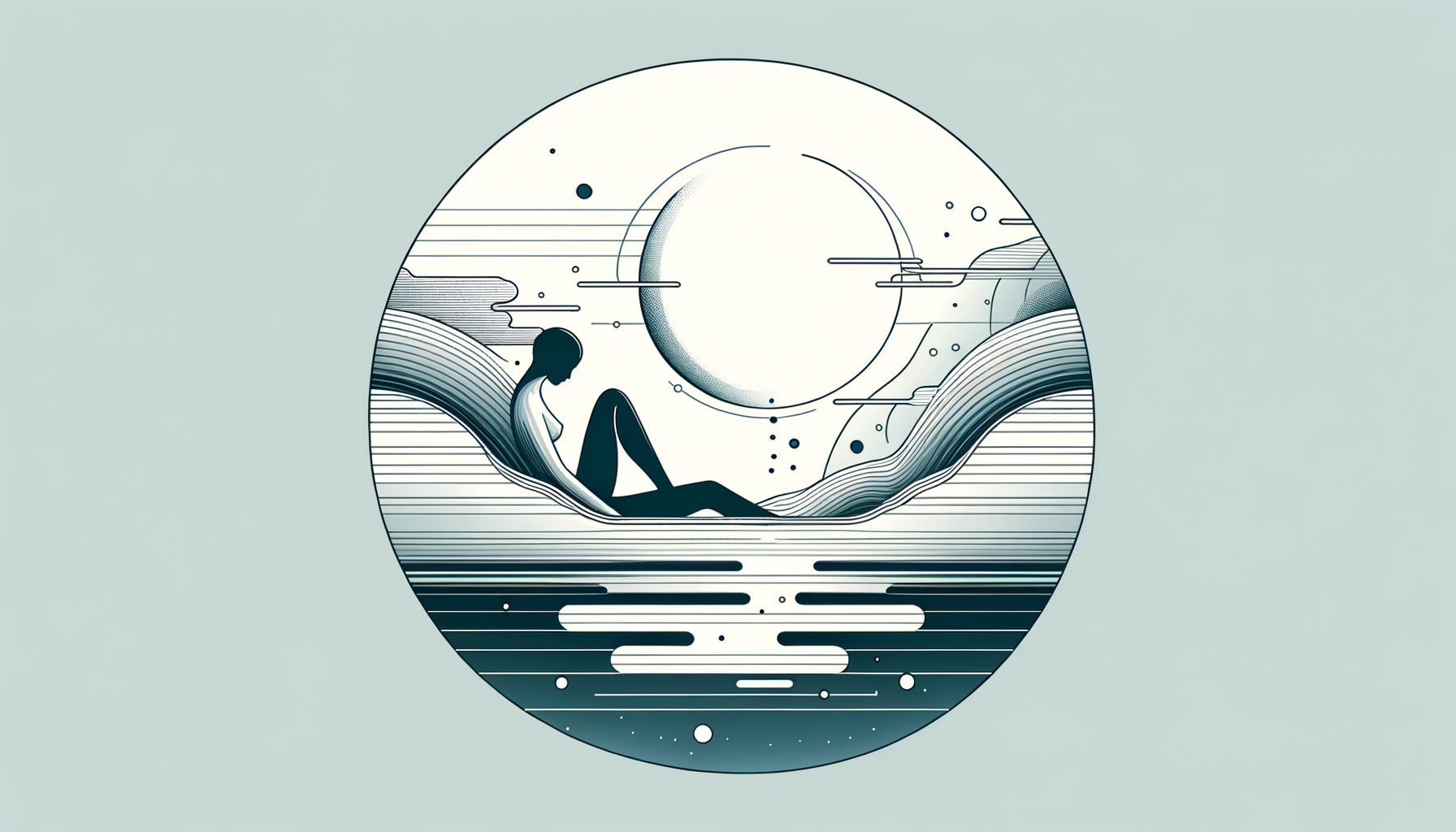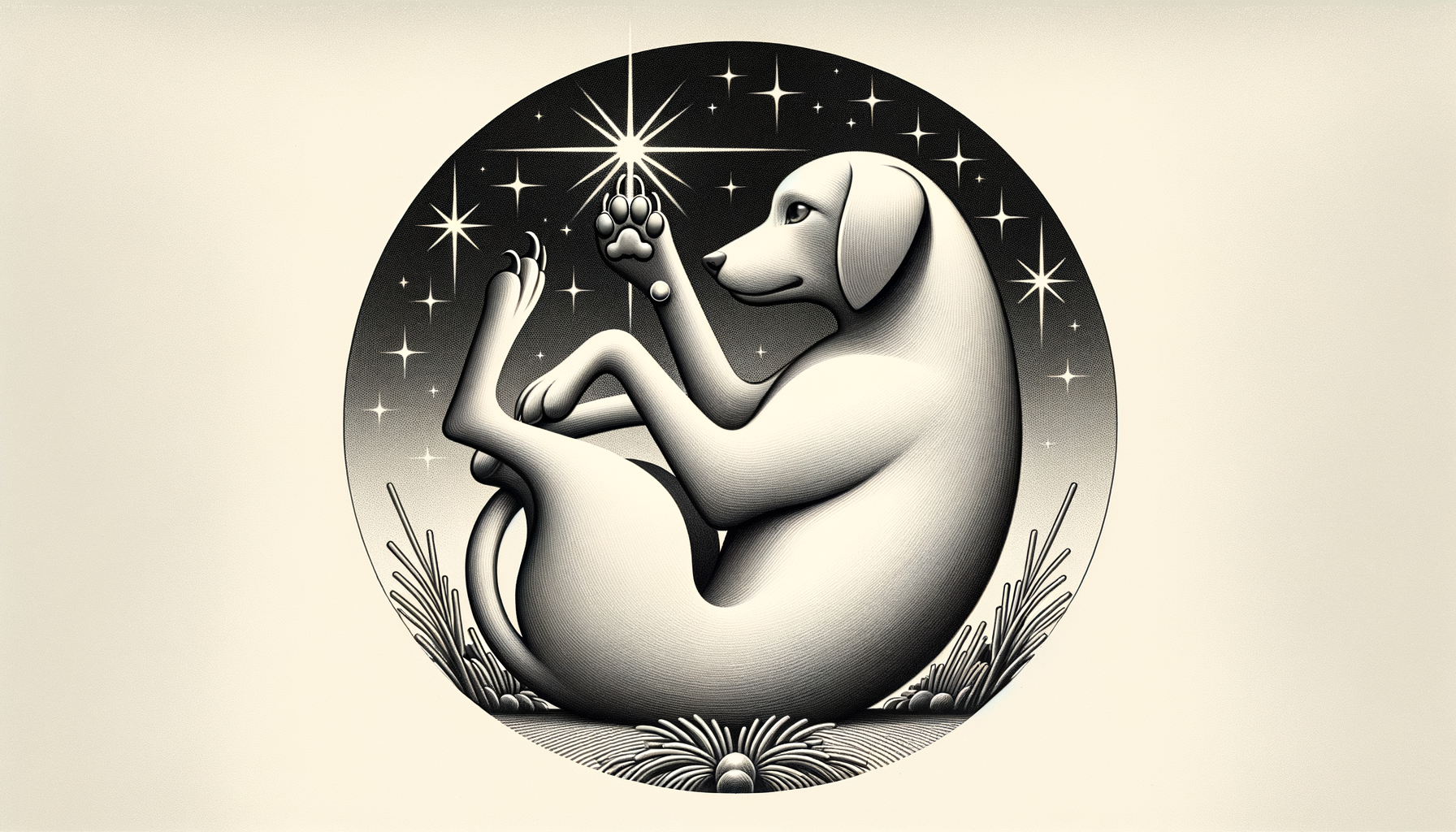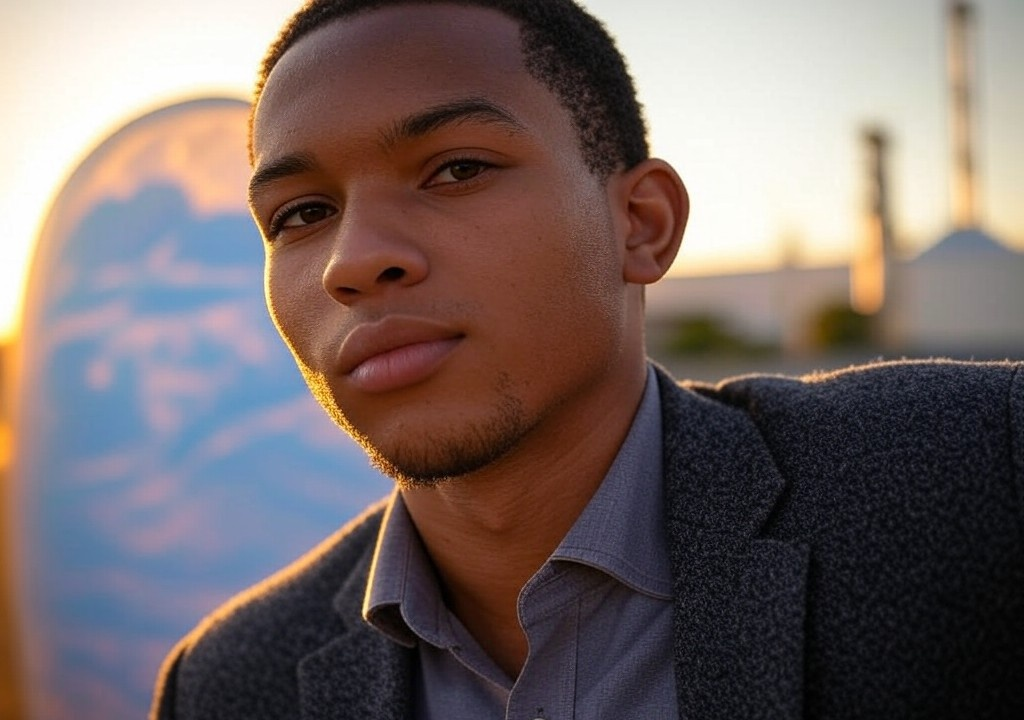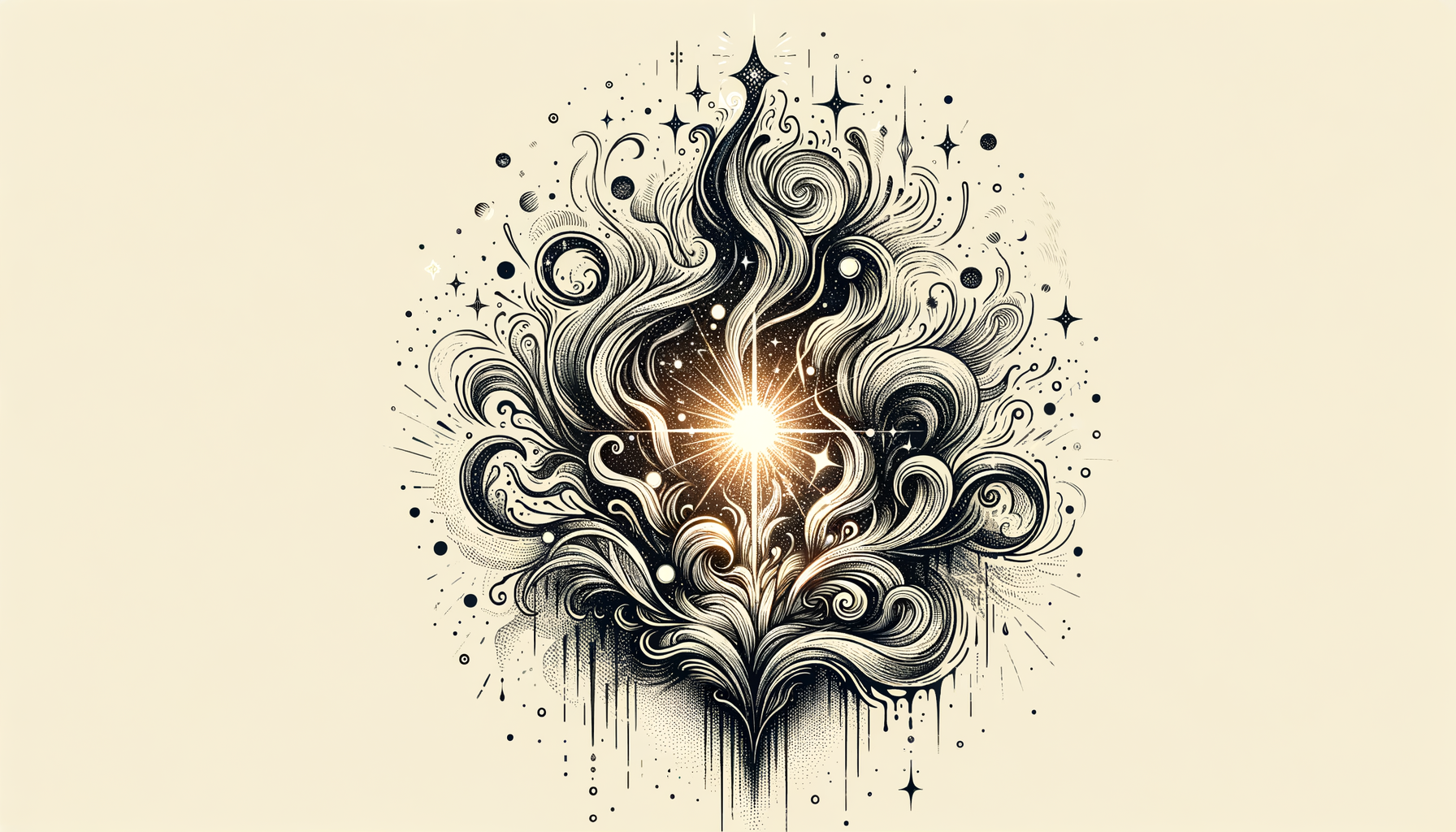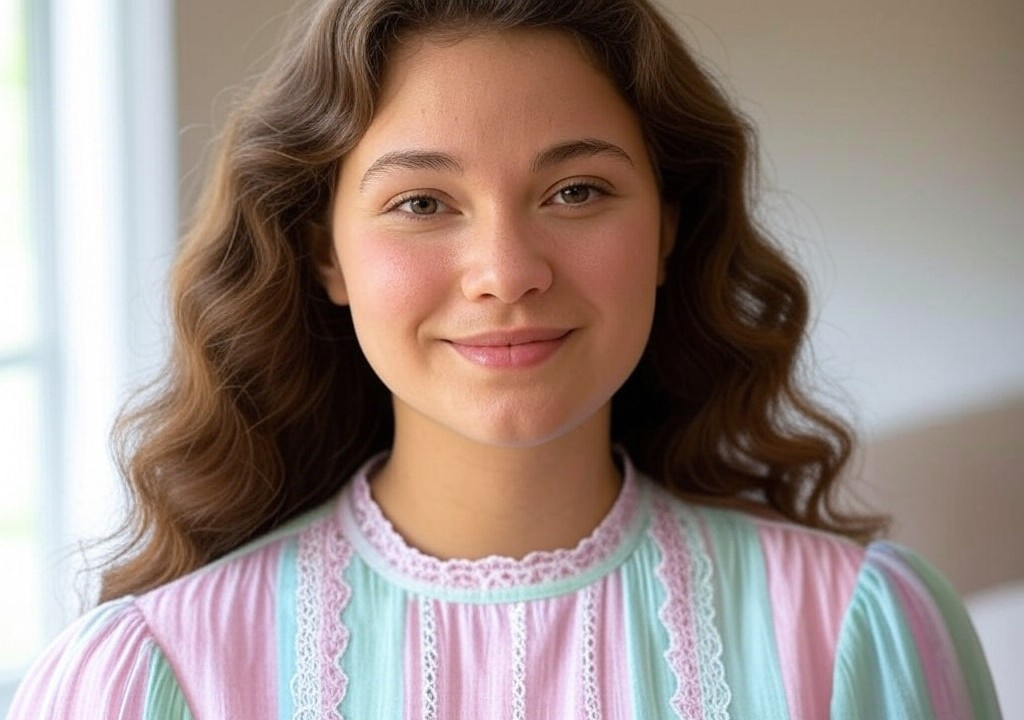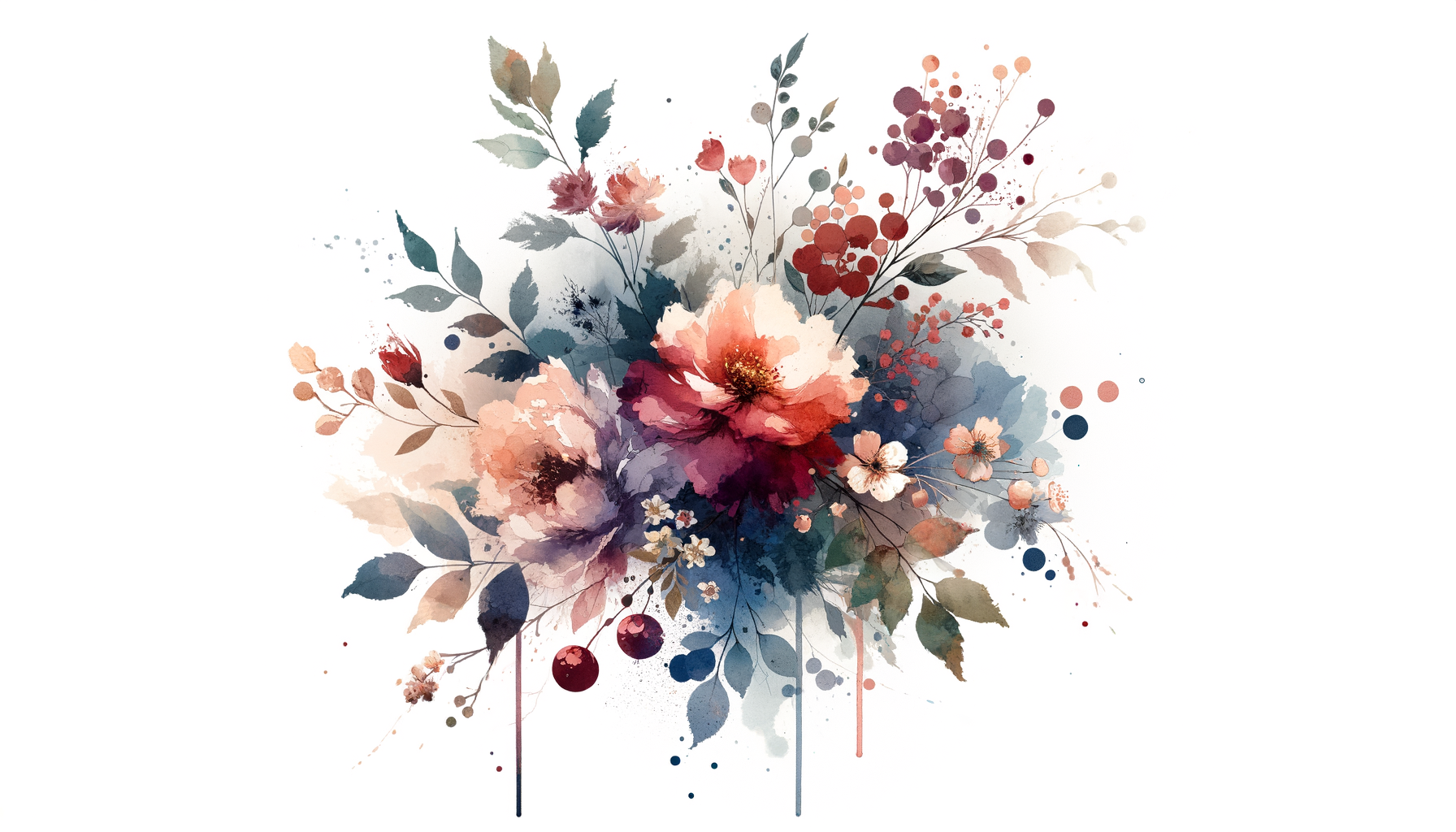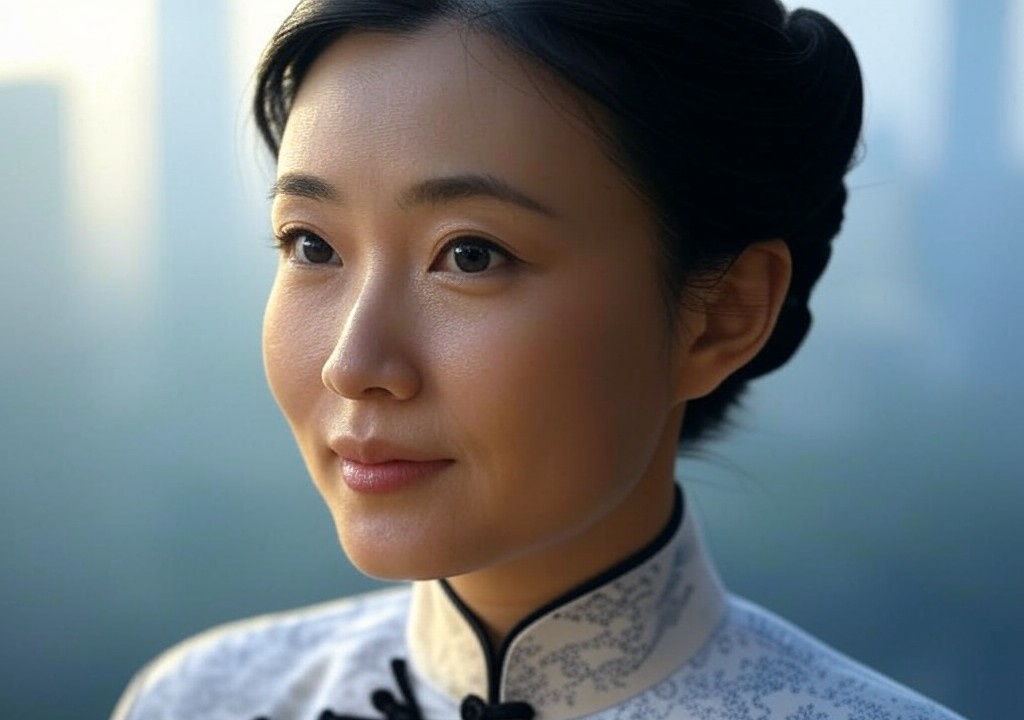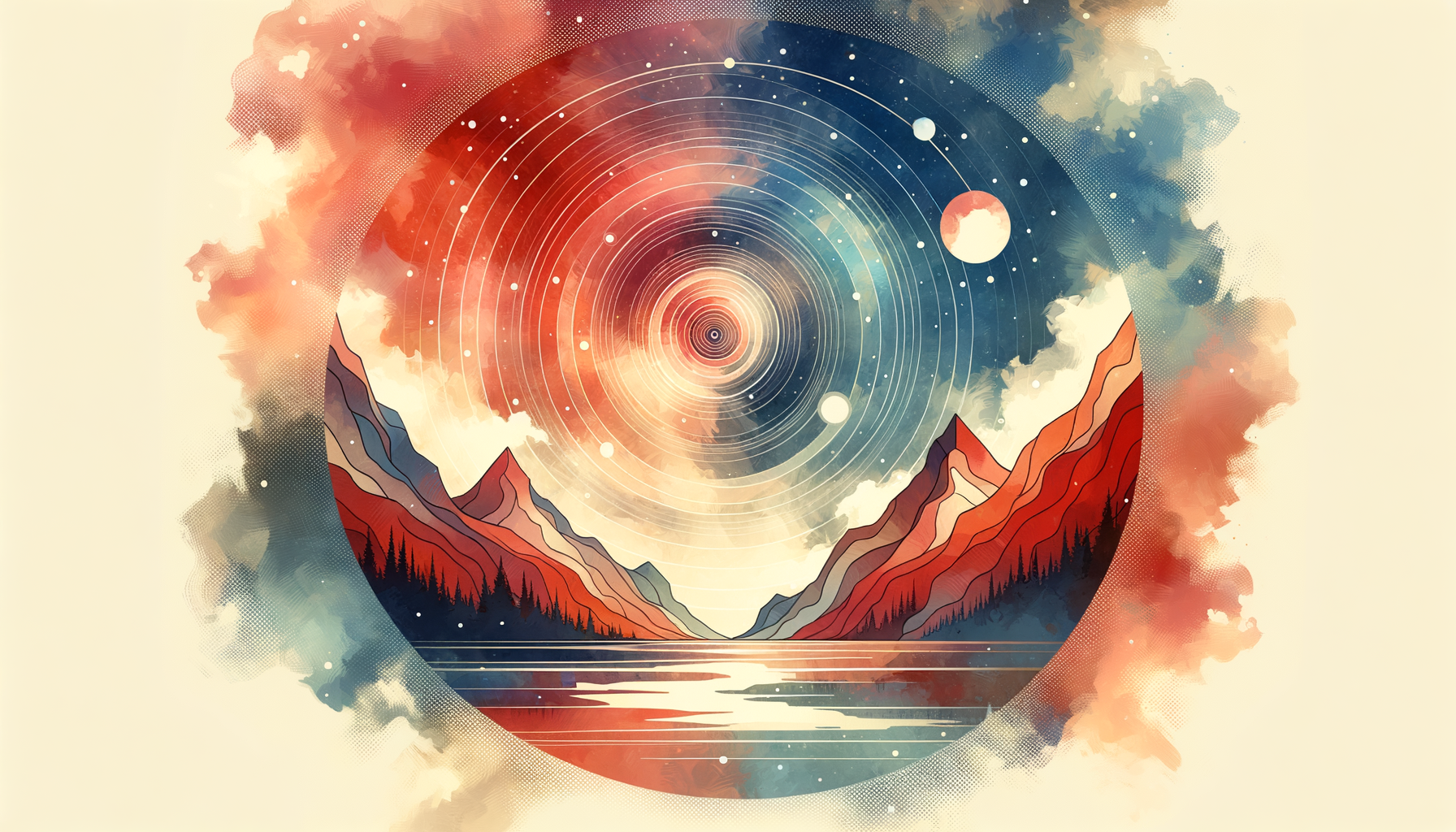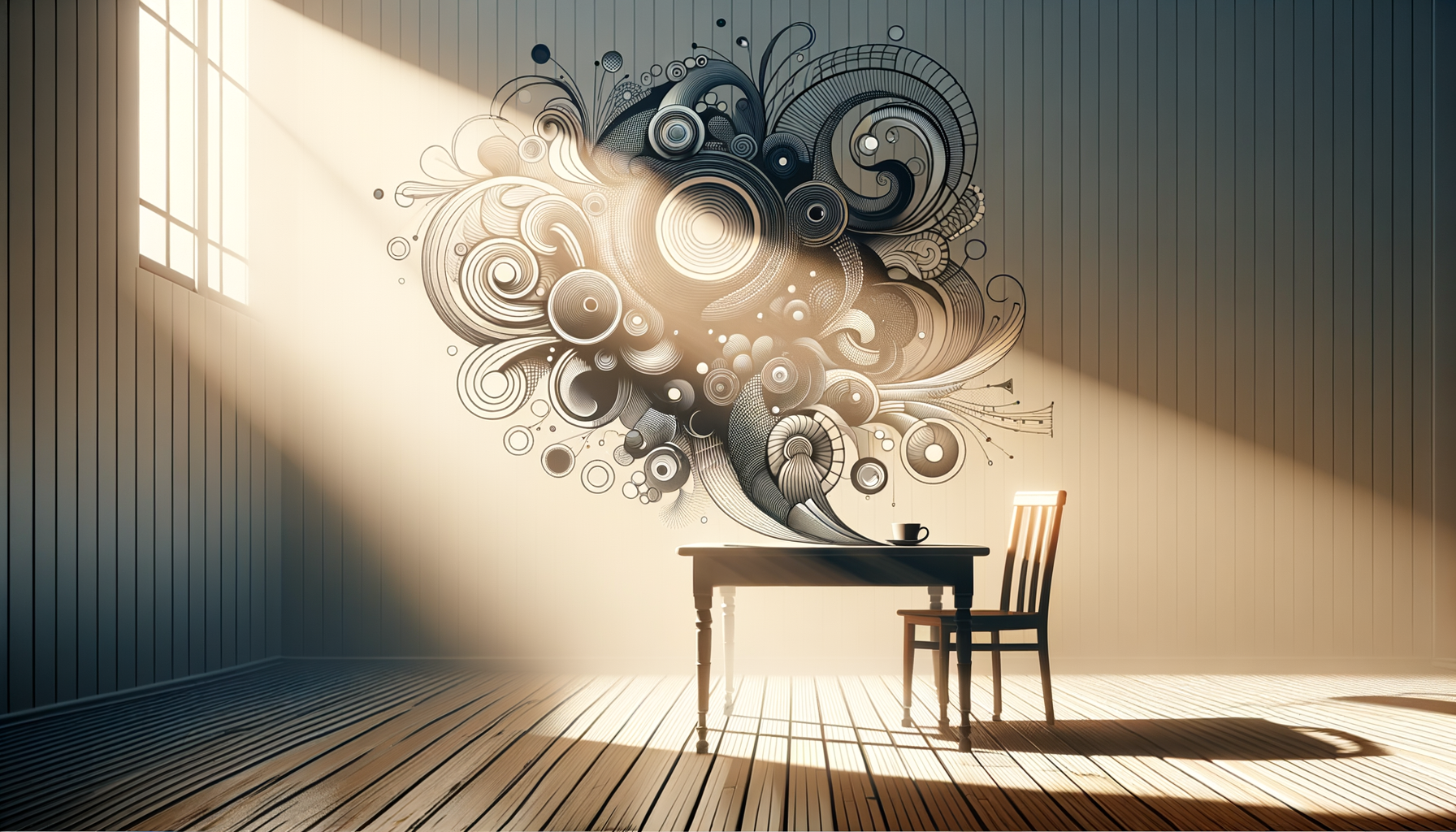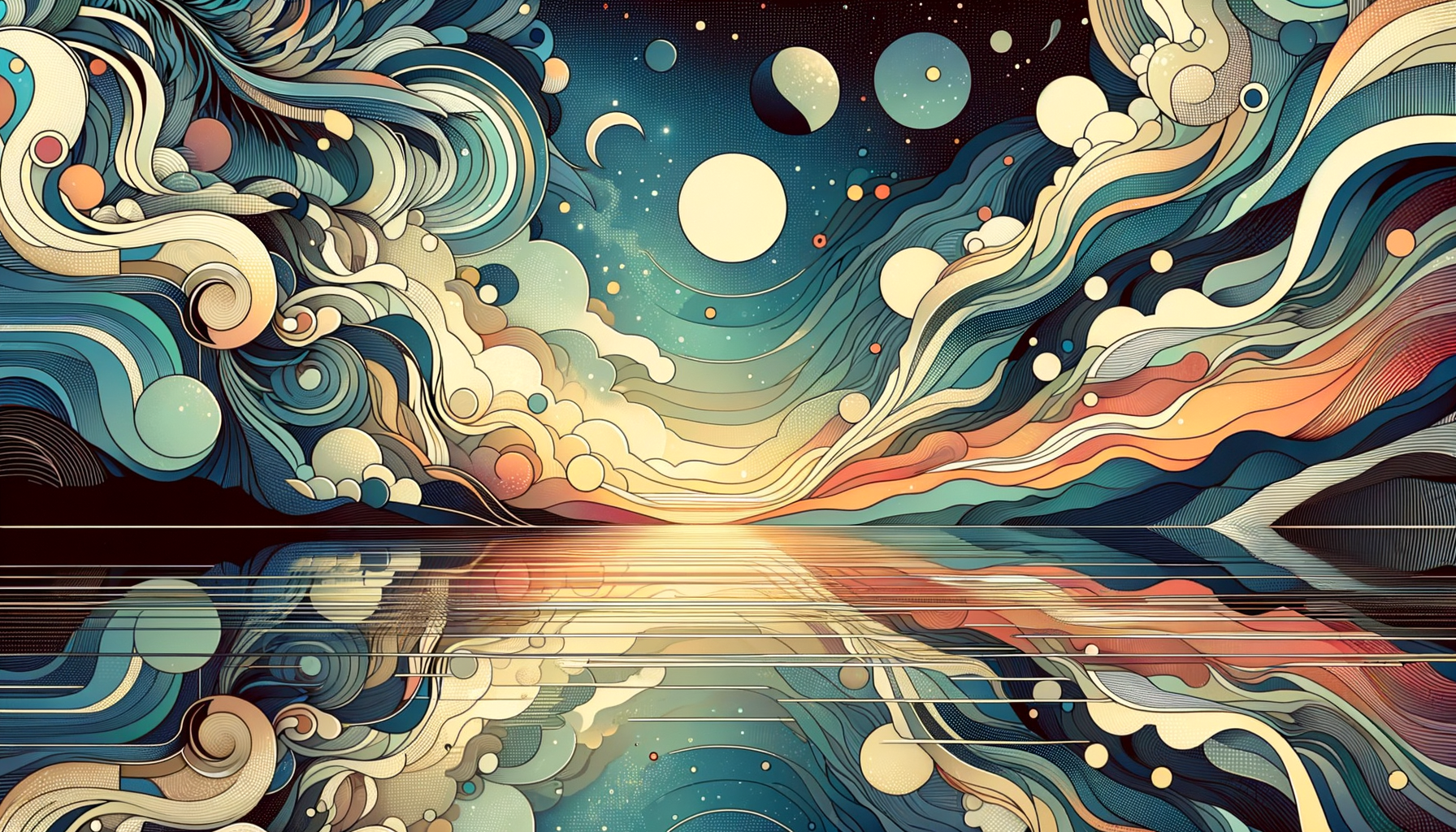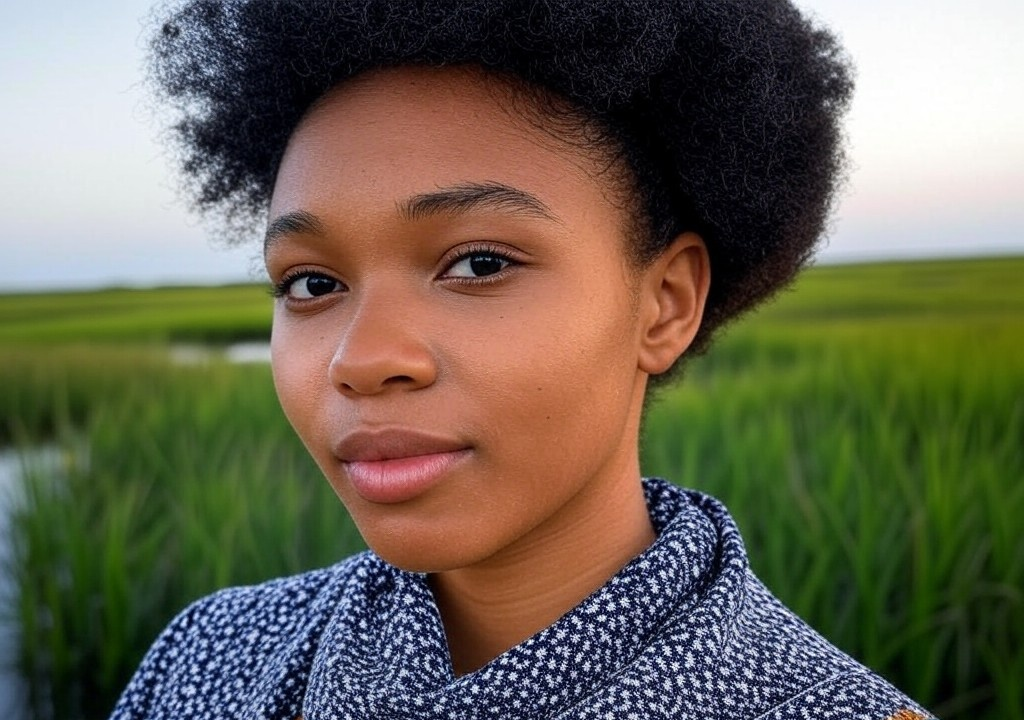It all started with a dare. Not a playful “truth or dare” kind of thing, but rather a professional challenge lobbed at me by my editor over a second cup of matcha on a Wednesday morning. "Veronica," she said, eyeing me conspiratorially, "I want you to dig deeper into how art influences attraction. Go live it. Dive into the weird, the wonderful, and the wildly experimental. I want something unexpected.”
Unexpected. Exactly how I’d describe the scene two weeks later: me, crouching behind an ivy-strewn sculpture in a French château courtyard, wearing a silk dress that very much did not agree with the mud beneath my stilettos. I was spying on a couple—complete strangers to me—trying to decode the silent conversation happening in their glances. I was there to see if romantic chemistry, as so often depicted on oil canvases and bronze statues, was as nuanced in real life. To say the mission took a dramatic turn would be putting it mildly.
Scene One: Art Auctions and ‘L’amour’
To backtrack a bit, it actually began not with the château but with a swanky charity art auction in Manhattan. These events, I’ve come to understand, are a curious performance of wealth, competition, and passive-aggressive social climbing. But amidst the champagne flutes and thinly veiled bids for status, there’s always this underlying current of old-world flirtation.
The assignment had led me to scrutinize who chatted over which paintings, how lingering eye contact over a Modigliani might ignite sparks, or whether heated debates about brushstrokes could double as foreplay. Yes, a couple nearly came to blows over which gallery best represented a young artist’s abstract works—and yes, they ended up kissing passionately next to the valet station. If Cupid were invited to one of these auctions, I suspect he’d be wearing a tailored Tom Ford suit.
But the thing is, observing others’ romantic foibles can only get you so far. My editor’s voice nagged in the back of my mind like a persistent art dealer—go live it. And so I decided to push the boundaries of “immersion.” Enter: the château.
Scene Two: Pretending to Be Mona Lisa
Fast forward to Provence, where artists gather each summer for a residency program that’s equal parts idyllic escapade and ego-fueled competition. As someone whose summers in the South of France previously involved little more than sipping rosé while sketching coastal landscapes, I felt wildly unprepared. I’d convinced the program director to let me "observe the intersection of art, relationships, and inspiration." By observe, I clearly meant somewhere between participant and romantic anthropologist.
Which is how I found myself agreeing to pose—yes, pose—for an oil painting. “You have that thing,” the artist told me. “That neither-here-nor-there kind of intrigue. Like the Mona Lisa.”
Listen, I’ve been called a lot of things in life—opinionated, intimidating, occasionally unhinged—but enigmatic? Lovely as the compliment was, the story behind it turned out to be far less poetic.
Scene Three: Mud and Musings
During my third session as the artist’s muse (read: leaning awkwardly between a chaise lounge and a mountain of velvet pillows), murmurs began swirling around the studio. Apparently, another artist-in-residence had fallen hopelessly, madly in love with his muse. Unable to stand the tension, this artist spent hours carving intricate wooden figurines to express unspoken feelings. They were all shaped like her silhouette.
To see if love could indeed manifest itself silently through creation, I took to my now-legendary position behind the ivy-strewn sculpture, notepad in hand. It felt part spy novel, part comedy of errors—especially when a wayward bee buzzed into the scene and nearly made me topple into a fountain. Très chic, right?
Through my observation, something clearer began to form: attraction often defies narrative. The way this artist looked at his muse—half worship, half panic—couldn’t be explained by a neat checklist. Her laugh wasn’t unearthly. Her appearance wasn’t dazzling in the Hollywood sense. But there, amidst the chipping paint and tangled brush bristles of the studio, his world orbited entirely around her.
Lessons from the Art World
As wild as my escapade was, it taught me a few things that genuinely shifted my perspective on attraction, love, and—oddly enough—my own dating life. Here are the major takeaways I hope you’ll appreciate:
-
We Are All Muses to Someone
Whether you’ve got Mona Lisa mystique or you’re the human equivalent of an abstract Picasso, there's someone out there who’ll find magic in your quirks. Unpolished moments like tripping over a potted plant (been there) or arguing over pizza toppings might just be the brushstrokes they fall in love with. -
Art Mimics Love, and Love Mimics Art
Ever stood before a painting and felt something inexplicable? Love can be just as ineffable—simultaneously strange, specific, and deeply visceral. You can’t codify it, and you shouldn’t try. Sometimes you have to let it wash over you like a Rothko or crash into you like a Pollock. -
Romanticizing Your Life Isn’t Doomed to Cliché
There’s something to be said for walking through world-class galleries or idyllic vineyards, heart open to whatever comes next. Is it cliché? Sure. Does it matter? Nope. Buy the wine, wear the silk, and say yes to reckless adventures—they make for the best stories, if not the best decisions. -
Observe the Chemistry Around You
Watching people fall in and out of synchronicity—whether at dates, festivals, or museums—teaches you everything about what makes connections work (or not). Pay attention. There’s poetry in the way people lean toward each other when they’re intrigued and the way they pull back when they’re uncomfortable.
The Grand Finale
Later, when I returned to New York, my editor asked for the full scoop. As I relayed tales of love-stricken artists and secret rendezvous in moonlit gardens, she leaned back in her chair and said, “So, are you going to make any changes in your own life after all this?” A loaded question if there ever was one.
And well, spoiler alert: I did. I stopped over-curating first dates like they were thematic gallery exhibitions. I let awkward moments linger because they often led to the most expressive, unexpected parts of the conversation. And I embraced that ineffable strangeness love brings.
Attraction, like art, doesn’t need an explanation. It simply needs an audience willing to surrender to the moment, imperfections and all.

